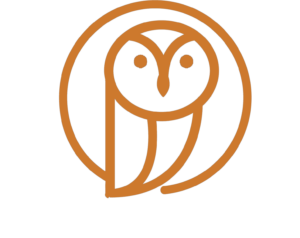The course objective is to familiarize students with the study of the relations that Classical Greek and Latin literature has or may have with European and world literature, literary and artistic production from the period of Late Antiquity to the modern era. Through a variety of texts and artistic works, the course approaches the presuppositions, terms and modes of reception of Classical literature, studying various forms of reception, such as commentaries (medieval and Renaissance hermeneutic treatises or commentaries on manuscripts), imitation (style, subject matter, language, etc. ), translation (especially the first translations from Greek into Latin and vice versa, but also into national languages), and in art forms such as engraving, painting, sculpture, architecture, sketching, television, cinema, opera, dance, photography, etc. The study of reception forms can also be done by author, by work or parts of a work, by literary genre, by subject matter, by time period, or by reception form.
More specifically, upon completion of the course, students will be able to:
● Know and use basic textbooks for the study of the reception of Classical Antiquity (in conventional or electronic format).
● Identify and describe the main types and forms of reception of Classical Antiquity.
● Identify, comment on and scientifically interpret the reception of Greek and Latin language and literature in contemporary literature and other forms of visual arts.
● Make use of the role of the reception of Classical Antiquity in teaching.
● Understand historical, ideological and political developments in modern times through the analysis of Classical Greek and Latin texts.
● Understand, comment on and critically interpret the socio-political conditions and ideological presuppositions behind the contact between modern and contemporary literary production and works of Classical literature.


